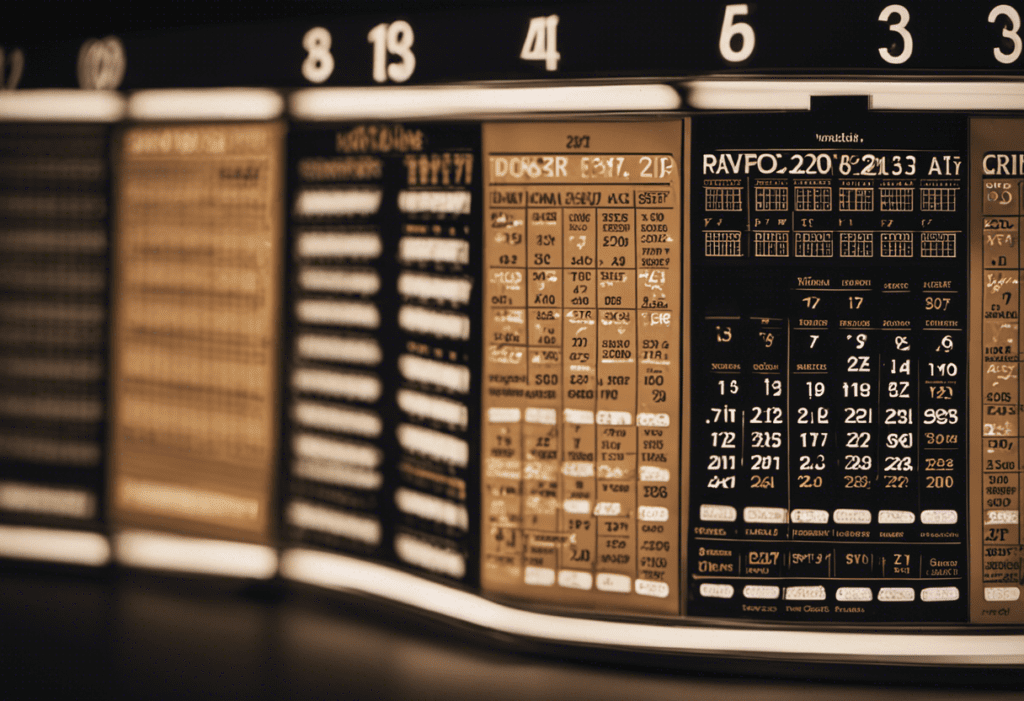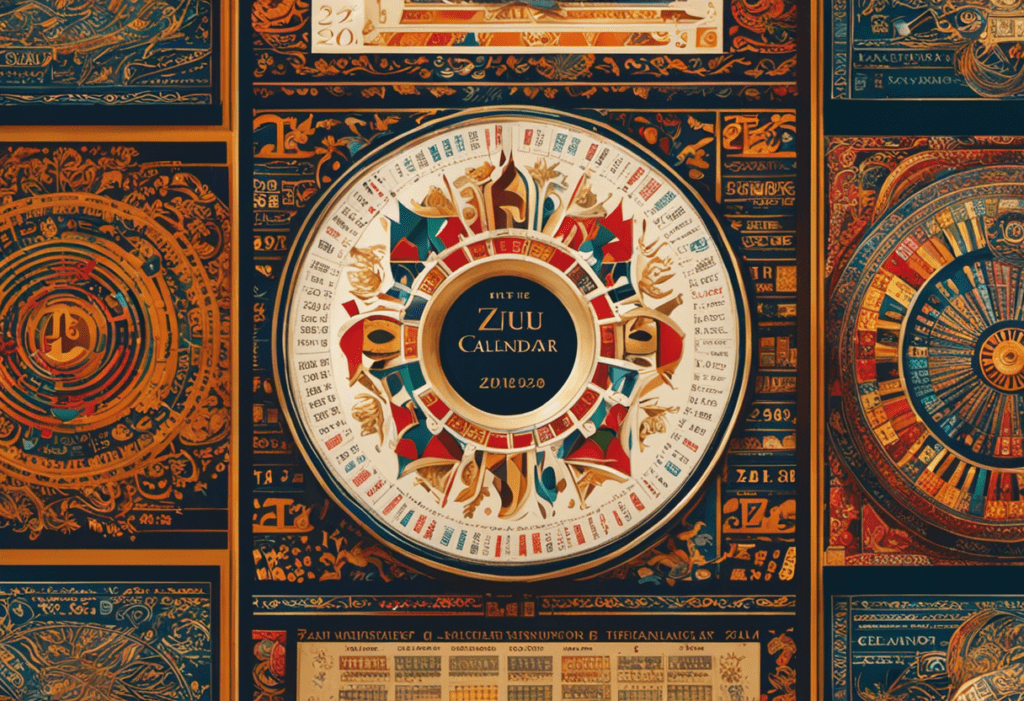The passage of time is not governed by a single calendar, but rather by the intertwined threads of history and culture. For those seeking to bridge the divide between the Zulu and Gregorian calendars, a meticulous and knowledgeable approach is required.
In this article, we delve into the intricate world of date conversion, exploring the nuances of both calendars and providing tips and tricks for accurate conversions.
Join us on this journey as we unravel the mysteries of the Zulu and Gregorian calendars.
Key Takeaways
- The Zulu calendar is a lunar calendar based on the phases of the moon.
- The Gregorian calendar is the most widely used calendar system in the world.
- Converting Zulu dates to Gregorian dates requires a deep understanding of both calendar systems.
- Accuracy is crucial when converting dates between the Zulu and Gregorian calendars.
Understanding the Zulu Calendar
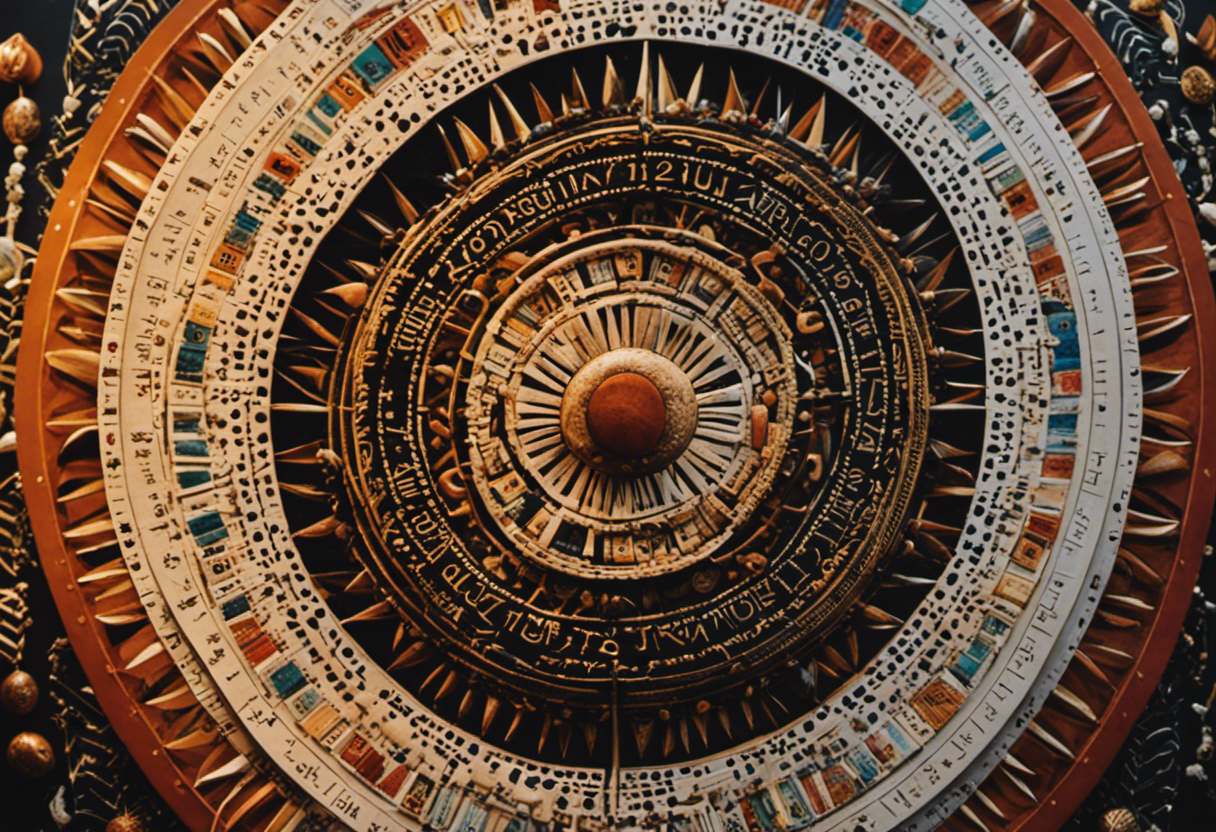

To properly convert dates between the Zulu and Gregorian calendars, it is essential to understand the intricacies of the Zulu calendar. The Zulu calendar has a rich history and cultural significance among the Zulu people of South Africa. It is a lunar calendar that is based on the phases of the moon, with each lunar month consisting of 29 or 30 days.
The origins of the Zulu calendar can be traced back to the early history of the Zulu people. It has been used for centuries as a way to mark the passage of time and to determine important events such as planting and harvesting seasons. The calendar also plays a significant role in religious and cultural festivals of the Zulu people.
One of the most important festivals in the Zulu calendar is the annual Reed Dance, also known as Umkhosi woMhlanga. This festival is held in September and celebrates the coming of age of young Zulu girls. Another significant festival is the First Fruits ceremony, known as Umkhosi woMhlanga. This festival, held in December, is a time to give thanks for the first fruits of the harvest.
Understanding the origins and cultural significance of the Zulu calendar is crucial for accurately converting dates between the Zulu and Gregorian calendars. It allows for a deeper appreciation of the Zulu culture and ensures the accuracy of dates when converting between the two calendars.
Understanding the Gregorian Calendar


The Gregorian calendar, named after Pope Gregory XIII, is the most widely used calendar system in the world today. It was introduced in 1582 as a reform of the Julian calendar, which had become out of sync with the solar year. The Gregorian calendar was implemented to correct this discrepancy and ensure that the date of Easter remained in line with astronomical observations.
To understand the Gregorian calendar, it is important to consider its historical origins and the differences between the Gregorian and Julian calendars:
-
Historical origins of the Gregorian calendar:
-
It was introduced by Pope Gregory XIII in 1582.
-
The reform was implemented to align the calendar with the solar year.
-
The implementation of the Gregorian calendar was not immediate and varied across different countries.
-
Protestant countries adopted the calendar later than Catholic countries.
-
The Gregorian calendar is based on the tropical year, which is approximately 365.2425 days long.
-
Differences between the Gregorian and Julian calendars:
-
The Julian calendar had a leap year every four years, while the Gregorian calendar has a leap year every four years, except for years that are divisible by 100 but not by 400.
-
The Gregorian calendar is more accurate than the Julian calendar, as it has a smaller discrepancy with the solar year.
-
The introduction of the Gregorian calendar led to a 10-day adjustment in some countries to bring the calendar in line with the new system.
Understanding the historical origins and differences between the Gregorian and Julian calendars is essential for accurate date conversions between the Zulu and Gregorian calendars.
Converting Zulu Dates to Gregorian Dates
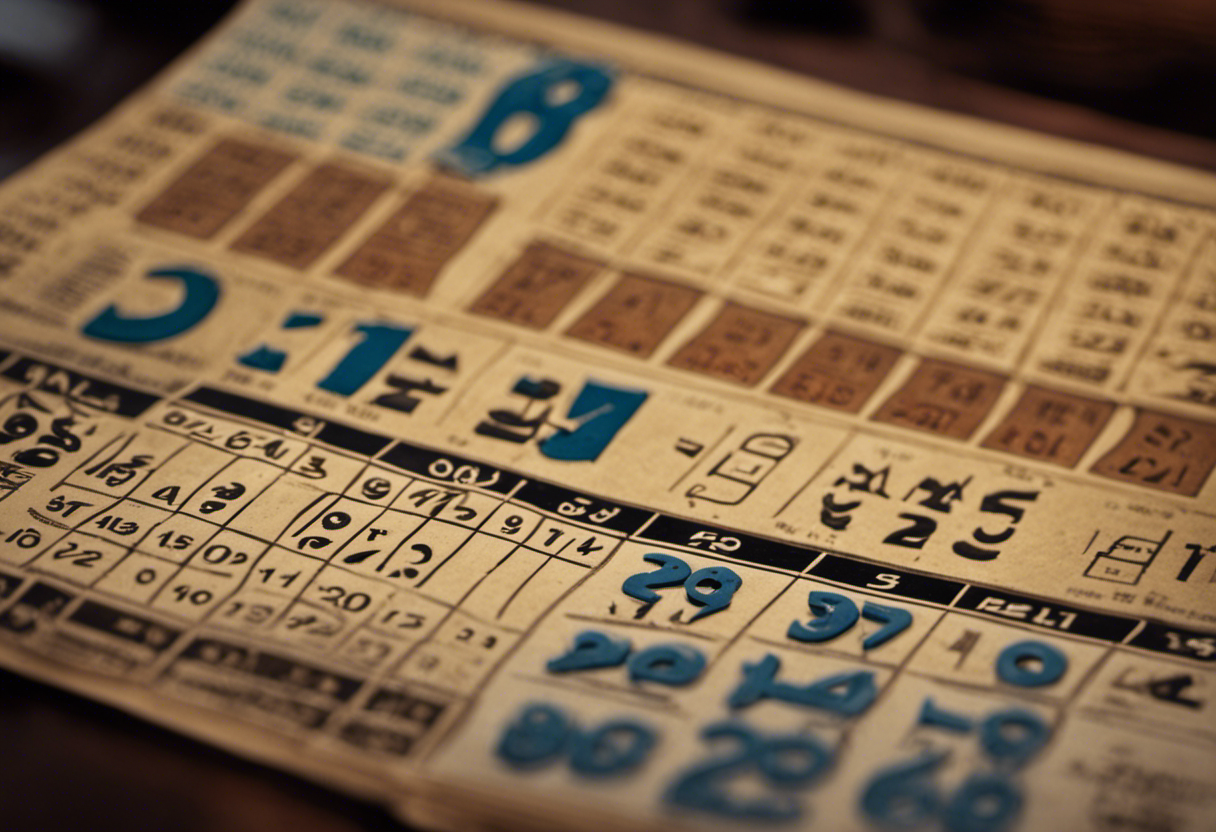

Zulu dates can be converted to Gregorian dates by utilizing specific algorithms and formulas. To convert a Zulu date to a Gregorian date, one must first understand the historical significance of the Zulu calendar.
The Zulu calendar, also known as the Isizulu calendar, is a lunar-based calendar system that was used by the Zulu people of South Africa. It is based on the cycles of the moon and the observation of natural phenomena.
Comparing the Zulu calendar with other traditional African calendars, one can see that many African cultures have their own unique calendar systems. Some of these calendars are also lunar-based, while others follow a solar-based system.
The Zulu calendar, like many other traditional African calendars, played a crucial role in the daily lives of the people, helping them keep track of important events, such as planting and harvesting seasons, religious festivals, and community gatherings.
To convert a Zulu date to a Gregorian date, one must consider the differences in the two calendar systems. The Gregorian calendar, which is widely used today, follows a solar-based system with fixed months and leap years. By applying specific algorithms and formulas, it is possible to calculate the corresponding Gregorian date for a given Zulu date.
This conversion process requires a deep understanding of both calendar systems and meticulous attention to detail to ensure accuracy.
Converting Gregorian Dates to Zulu Dates
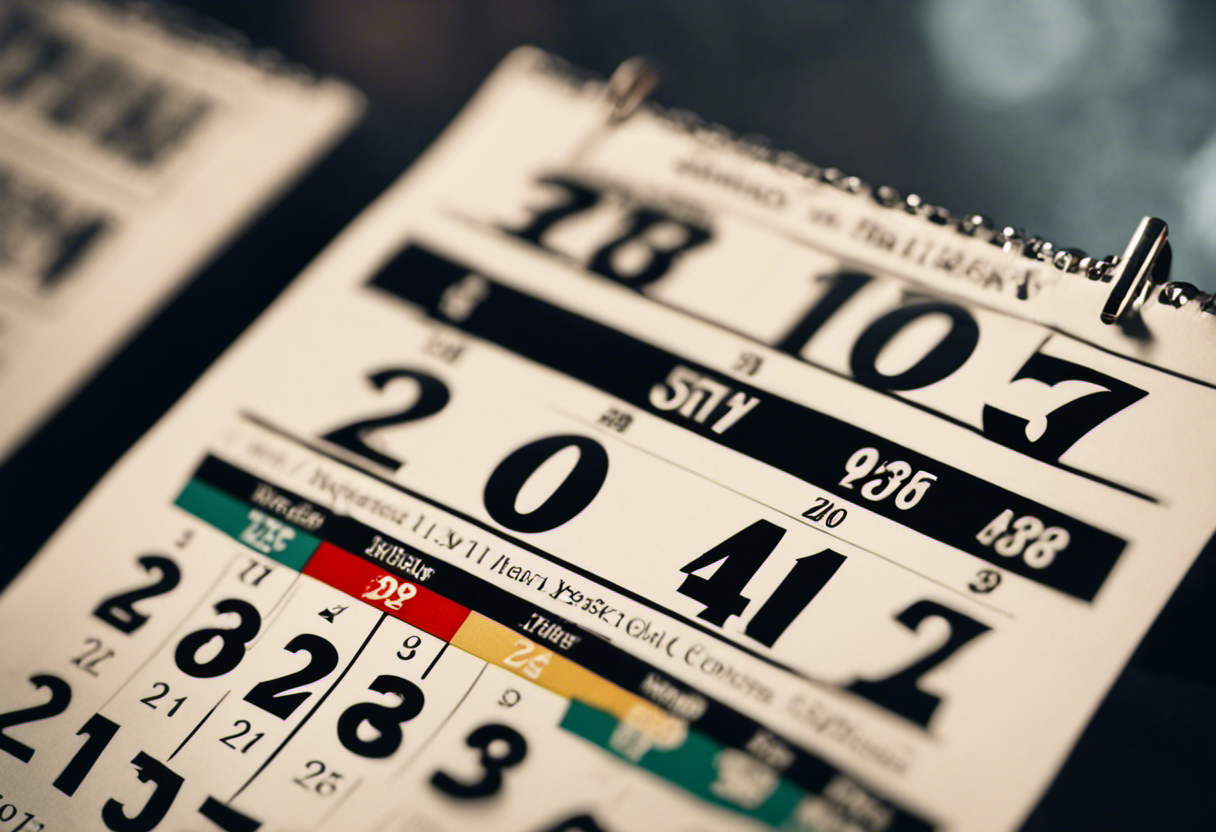

Gregorian dates can be converted to Zulu dates by employing specific conversion methods and considering the differences between the two calendar systems.
The Zulu calendar, also known as the Zulu era calendar, is a lunar calendar primarily used by the Zulu people of South Africa. It originated from the Islamic calendar due to Arab influences in the region.
On the other hand, the Gregorian calendar is a solar calendar introduced by Pope Gregory XIII in 1582 as a reform to the Julian calendar.
To convert Gregorian dates to Zulu dates, the following steps should be taken:
- Determine the year in the Zulu calendar by subtracting 1188 from the Gregorian year.
- Calculate the Zulu month by dividing the Gregorian month by 29.5, rounding down to the nearest whole number.
- Find the Zulu day by subtracting the number of days in the Zulu month from the remaining days in the Gregorian month.
- Adjust for leap years by adding an additional day to the Zulu calendar every fourth year.
- Consider any discrepancies between the solar-based Gregorian calendar and the lunar-based Zulu calendar.
Common Challenges in Date Conversion


Occasionally, despite following the established conversion methods, there may be certain challenges encountered when converting dates between the Zulu and Gregorian calendars. One of the key factors that can affect date conversion is the importance of timezones.
The Zulu calendar is based on the local time in the region of Zululand, whereas the Gregorian calendar is based on the Coordinated Universal Time (UTC). Therefore, when converting dates, it is crucial to account for the time difference between the two systems.
Another potential error that may arise during date conversion is the difference in the number of days in a month. The Gregorian calendar follows a complex system of leap years and leap seconds, which can result in variations in the number of days in a given month. On the other hand, the Zulu calendar follows a simpler lunar-based system, with consistent month lengths. To resolve this issue, it is important to accurately calculate the number of days in each month and adjust the conversion accordingly.
To ensure accurate date conversions, it is recommended to consult reliable sources and reference materials that provide detailed information on the Zulu and Gregorian calendars. Additionally, double-checking the conversion results and cross-referencing with historical events can help identify and resolve any potential errors.
Tips and Tricks for Accurate Date Conversion


Consistently using reliable conversion tools and employing careful attention to detail can greatly enhance the accuracy of date conversion between the Zulu and Gregorian calendars. To ensure precise and error-free conversions, it is essential to follow certain best practices.
Here are five tips and tricks for accurate date conversion:
-
Understand the differences between the Zulu and Gregorian calendars: Familiarize yourself with the unique features of each calendar, such as the number of days in a month and the presence of leap years, to accurately convert dates from one calendar to another.
-
Use reputable conversion software or online tools: Relying on trustworthy conversion tools can minimize potential errors and ensure accurate results. Be cautious of using unreliable sources that may provide incorrect conversions.
-
Consider historical context: Take into account historical events, such as calendar reforms or regional variations, that could impact date conversions. This contextual knowledge will help ensure accuracy in converting historical dates.
-
Double-check calculations: Double-check all calculations and conversions to avoid errors. Pay attention to the details and perform cross-verification to validate the accuracy of the converted dates.
-
Consult experts or references: When in doubt, reach out to calendar conversion experts or references to clarify any uncertainties. Their expertise can provide valuable insights and guidance in accurately converting dates.
Conclusion
In the intricate world of calendar conversions, accuracy and expertise are essential. A historical date conversion specialist possesses a deep understanding of both the Zulu and Gregorian calendars, as well as the historical context in which they were used.
Their meticulous writing style ensures the accuracy of dates and conversions, while also making the information easily understandable for readers. Like a skilled navigator, they guide us through the complex realms of time, ensuring that no date is lost in translation.

